1. Sewing Baskets
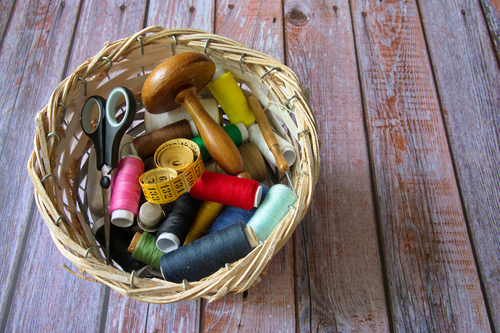
Nearly every household once had a sewing basket brimming with buttons, threads, and pins. It represented quiet self-sufficiency, the belief that things could be fixed rather than replaced. The basket told stories through scraps of fabric and half-finished projects. It was often passed down through generations, full of small, personal histories.
Now, torn clothes are more likely to be tossed than mended. The sewing basket embodied care and thrift, both humble and proud qualities. It taught patience through tiny stitches. In a disposable world, its authenticity lies in the value of repair.
2. Rotary Phones
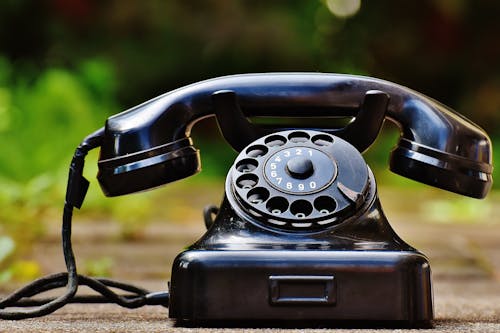
There was something grounding about dialing a rotary phone—literally feeling time pass with every turn of your finger. You couldn’t rush through a phone call back then; the slow return of the dial forced patience. Conversations felt intentional because they were tied to a physical space, often the kitchen wall or hallway nook. That connection made the act of calling someone almost ceremonial.
Today’s sleek smartphones are convenient, but they’ve lost that sense of presence. You could hear the hum of the line, the background of someone’s home, even the slight static of distance. Rotary phones were imperfect, but those imperfections made them intimate. Each ring had weight because it wasn’t just another notification—it meant someone really wanted to talk.
3. Film Cameras
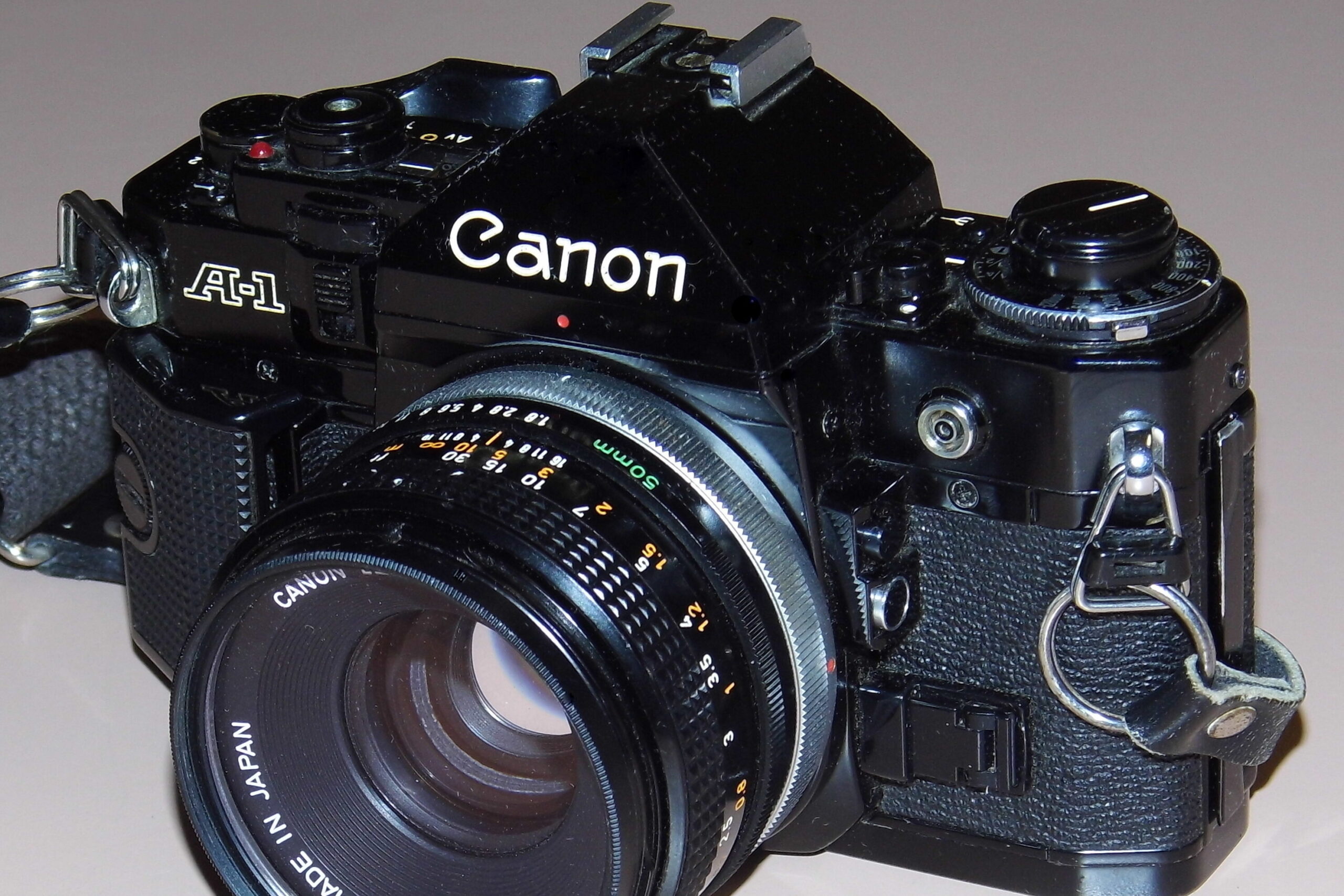
Before the age of digital everything, film cameras demanded thought and care. You had only 24 or 36 chances on a roll, so each click mattered. You had to frame, focus, and commit without knowing how it would turn out. The wait for developed photos was part of the magic.
Holding printed photos brought an irreplaceable satisfaction. There were surprises, too—overexposures, red eyes, accidental artistry. Those imperfections made the memories feel more real, less filtered or curated. Film wasn’t instant, but it was honest.
4. Hand-Crank Egg Beaters
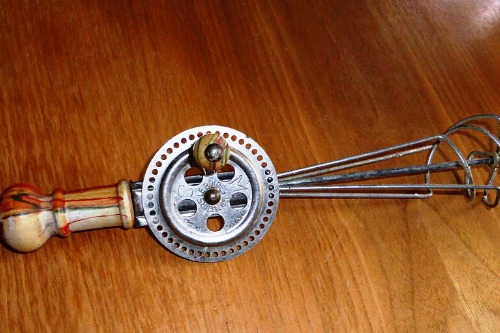
Every home once had one tucked away in a kitchen drawer, its gears clicking softly as it whipped cream or eggs. It wasn’t fast, but it gave you control and rhythm—a dance between wrist and handle. You could feel the texture change in real time, guided by sound and resistance. That connection between hand and food gave cooking a sensory intimacy modern appliances can’t match.
Electric mixers are efficient, but they hum with detachment. The old egg beater required you to slow down and participate. Its clinking metal and soft resistance felt like small acts of care. Meals made that way carried a little more love—and you could taste it.
5. Typewriters
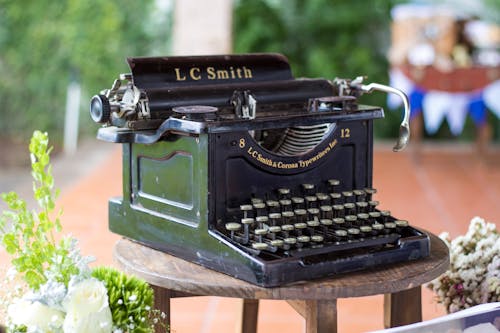
The clack of metal keys hitting paper once filled offices and bedrooms everywhere. A typewriter made you think before pressing each letter; there was no backspace, only intention. The rhythm of typing became a kind of heartbeat for creativity. Each page, with its smudges and misaligned letters, felt alive.
Word processors made things cleaner but also quieter—maybe too quiet. The typewriter forced honesty, permanence, and presence. You couldn’t endlessly revise; you had to commit. In that way, writing felt more like speaking truth than editing thought.
6. Vinyl Record Cleaners
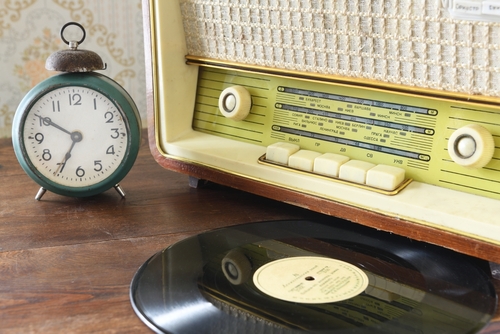
Before digital playlists, playing a record was almost a ritual. You’d wipe it gently with a velvet brush, blow off the dust, and lower the needle with care. That small act of maintenance made you respect the music before hearing it. The slight crackle that followed wasn’t noise—it was authenticity.
Streaming gives us access, but not connection. Vinyl demanded attention, and that effort made listening meaningful. You didn’t just press play—you participated. Cleaning your records felt like keeping a promise to the music itself.
7. Milk Bottles
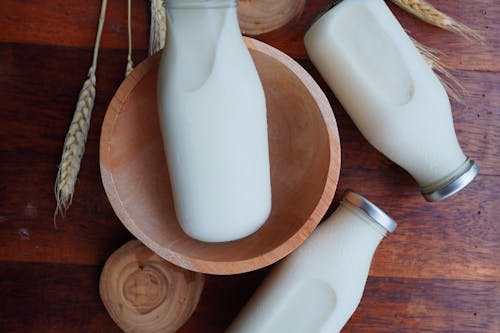
Glass milk bottles once sat proudly on doorsteps in the early morning, clinking softly as they were delivered. There was trust in that exchange—between farmers, delivery folks, and families. You returned the empties, they refilled them, and the cycle continued. It was a system built on community and sustainability long before those became buzzwords.
Plastic jugs and cartons made things faster, but they broke the ritual. There’s something pure about milk that came in a bottle you’d see again next week. It connected you to where your food came from. Authenticity, it turns out, can be measured in glass.
8. Mantel Clocks
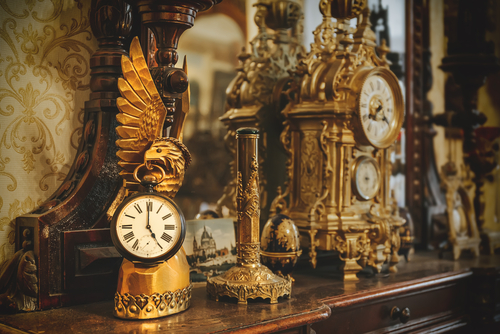
The steady tick-tock of a mantel clock gave a house its pulse. It marked time not with precision, but with presence. Every winding was a reminder to slow down and listen. Some even chimed on the hour, filling rooms with a soft, predictable comfort.
Digital clocks are silent and perfect, but they don’t breathe. The old ones had quirks—slight delays, faint rattles—that made them feel alive. Winding them became a daily meditation. In their steady ticking, homes found a heartbeat.
9. Ashtrays (Even in Non-Smoking Homes)
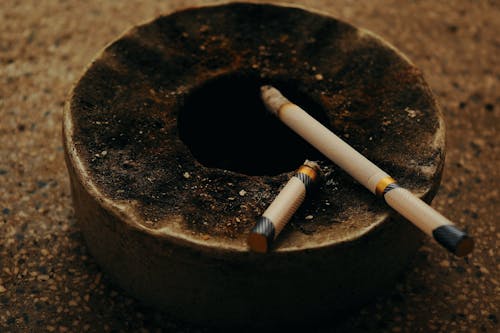
Ashtrays once lived on coffee tables, even in homes where no one smoked. They were small sculptures—glass, ceramic, sometimes souvenir treasures from hotels or road trips. They represented hospitality, a readiness for guests and conversation. Their presence said, “You’re welcome here.”
Today, they’ve vanished for good reason, but part of their symbolism is worth remembering. They weren’t just about smoking—they were about togetherness. The way they caught ashes was almost poetic: tiny reminders that moments fade. Even empty, an old ashtray holds stories.
10. Recipe Cards
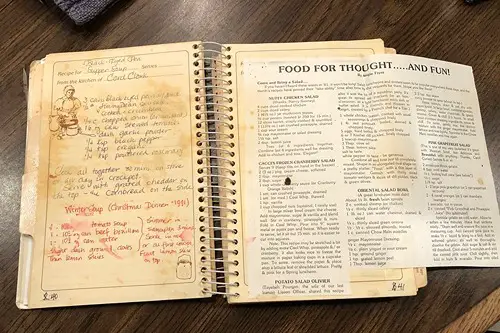
Before apps and websites, family recipes lived on worn index cards smudged with oil and sugar. Each stain told a story—this was the pie your grandmother made every Thanksgiving, the casserole your mom perfected. The handwriting carried emotion, looping and uneven but familiar. Reading it felt like hearing their voice again.
Digital recipes are efficient, but they lack the warmth of handwriting. You can’t smell vanilla on a screen. Recipe cards were messy, but they were alive. They connected generations through the simple act of cooking.
11. Clotheslines

The sight of white sheets billowing in the wind used to define a neighborhood. Hanging laundry outside wasn’t just practical—it was peaceful. The smell of sun-dried fabric, the squeak of clothespins, the rhythm of hanging and folding—it was all grounding. It turned a chore into a sensory ritual.
Dryers are faster, but they erase those small connections to the day. On a clothesline, you could literally see your life fluttering in the breeze. It made clean laundry feel earned. Authenticity sometimes smells like sunlight.
12. Rolodexes
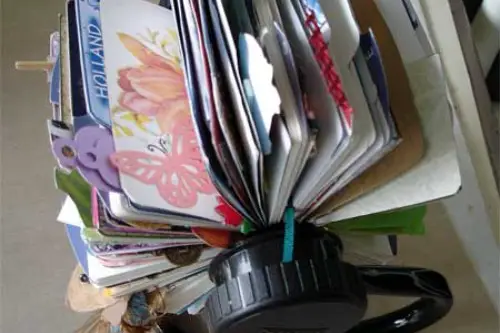
Every office once had a Rolodex—a circular catalog of business cards and handwritten numbers. It wasn’t just a tool; it was a personal archive. Flipping through it felt tactile, almost like thumbing through your own social history. The cards carried coffee stains, quick notes, even doodles.
Contact lists now live in clouds, sterile and nameless. The Rolodex reminded you who people were, not just what they did. Each card was a tiny relationship frozen in time. It was networking before the internet had a word for it.
13. China Cabinets
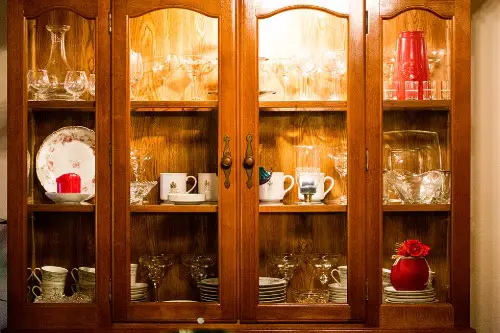
A china cabinet wasn’t just furniture—it was pride in wood and glass. It showcased heirlooms, gifts, and memories behind careful panes. Families didn’t use that “good china” every day, but knowing it was there mattered. It symbolized care, continuity, and celebration.
Now, minimalism has replaced sentimentality. But those cabinets told stories in porcelain and crystal. They whispered of anniversaries, Sunday dinners, and milestones. In a world of paper plates, they remind us that beauty doesn’t have to be practical.
14. Polishing Cloths and Silverware Sets
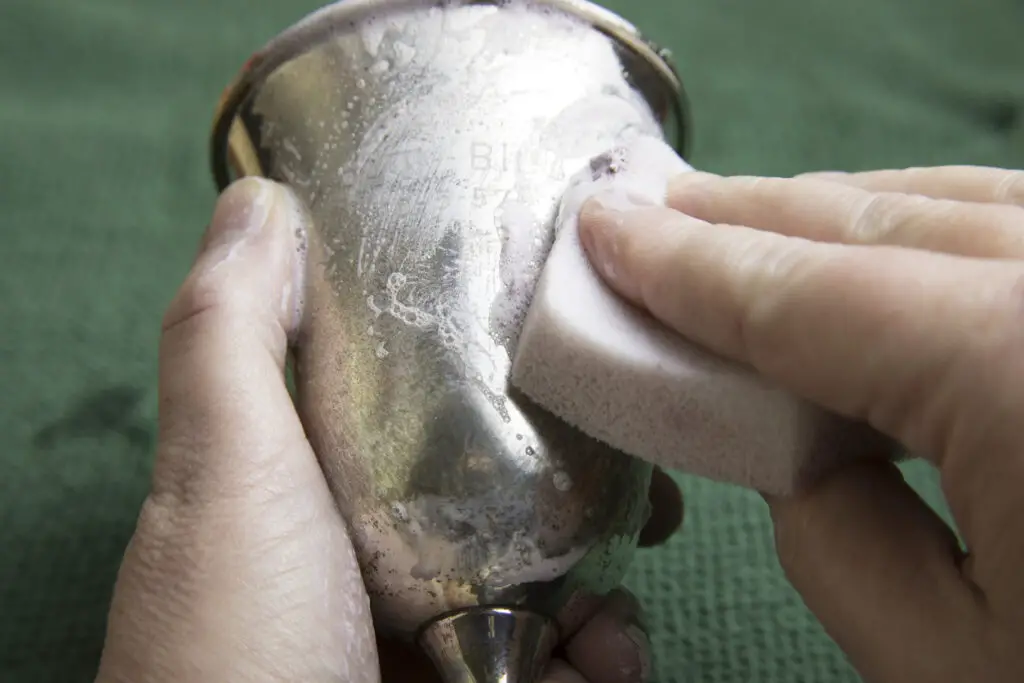
There was a time when families gathered to polish silver before holidays. The smell of polish and the rhythm of buffing were oddly soothing. It wasn’t about the silver—it was about ritual, respect, and shared effort. Every piece reflected light and memory.
Disposable cutlery might be convenient, but it lacks reverence. Polishing silver connected generations, linking hands through tradition. It taught the value of care and attention. Sometimes, authenticity shines brightest when you have to earn the sparkle.
15. Landline Phones with Cords
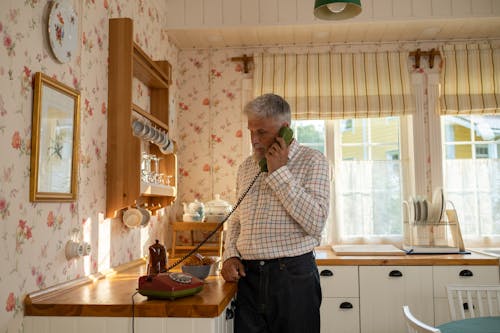
Cords twisted like vines across kitchen counters and down hallways. You’d stretch them for privacy, wrapping your finger in the spiral as you whispered secrets. Those phones anchored conversations to moments and places. You could picture exactly where you were when certain words were said.
Wireless freedom has made that grounding vanish. The cord connected more than hardware—it connected people to their homes. You couldn’t wander off mid-conversation or multitask endlessly. Talking meant being there.
16. Handwritten Letters
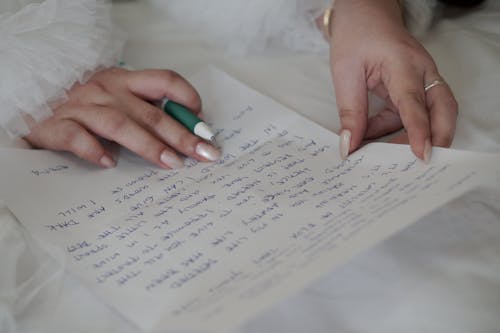
There’s no substitute for a letter written by hand, sealed, and sent through the mail. The texture of the paper, the weight of the ink—it all made emotion tangible. You could smell the sender’s world, see where their pen paused, sense their heartbeat in each word. A message took time, and that time made it precious.
Emails are efficient, but they’re disposable. A letter endures, tucked in drawers and shoeboxes, aging alongside the memories it carries. You don’t just read them—you revisit them. Authenticity, after all, lives where patience and intention meet.
This post 16 Lost Objects That Hold More Authenticity Than Anything New was first published on Greenhouse Black.
